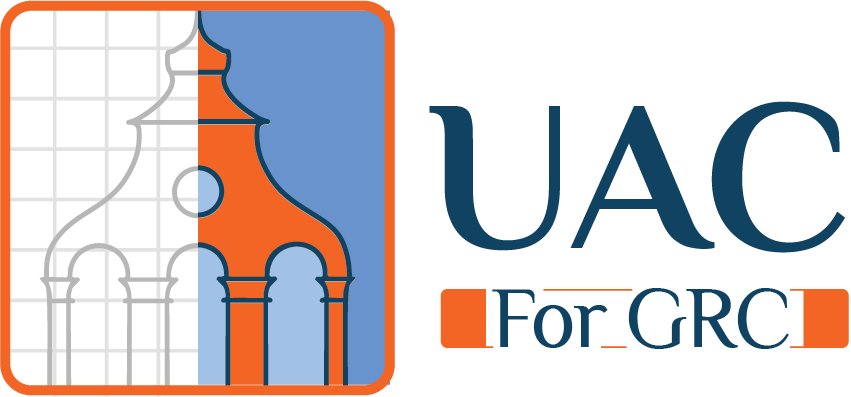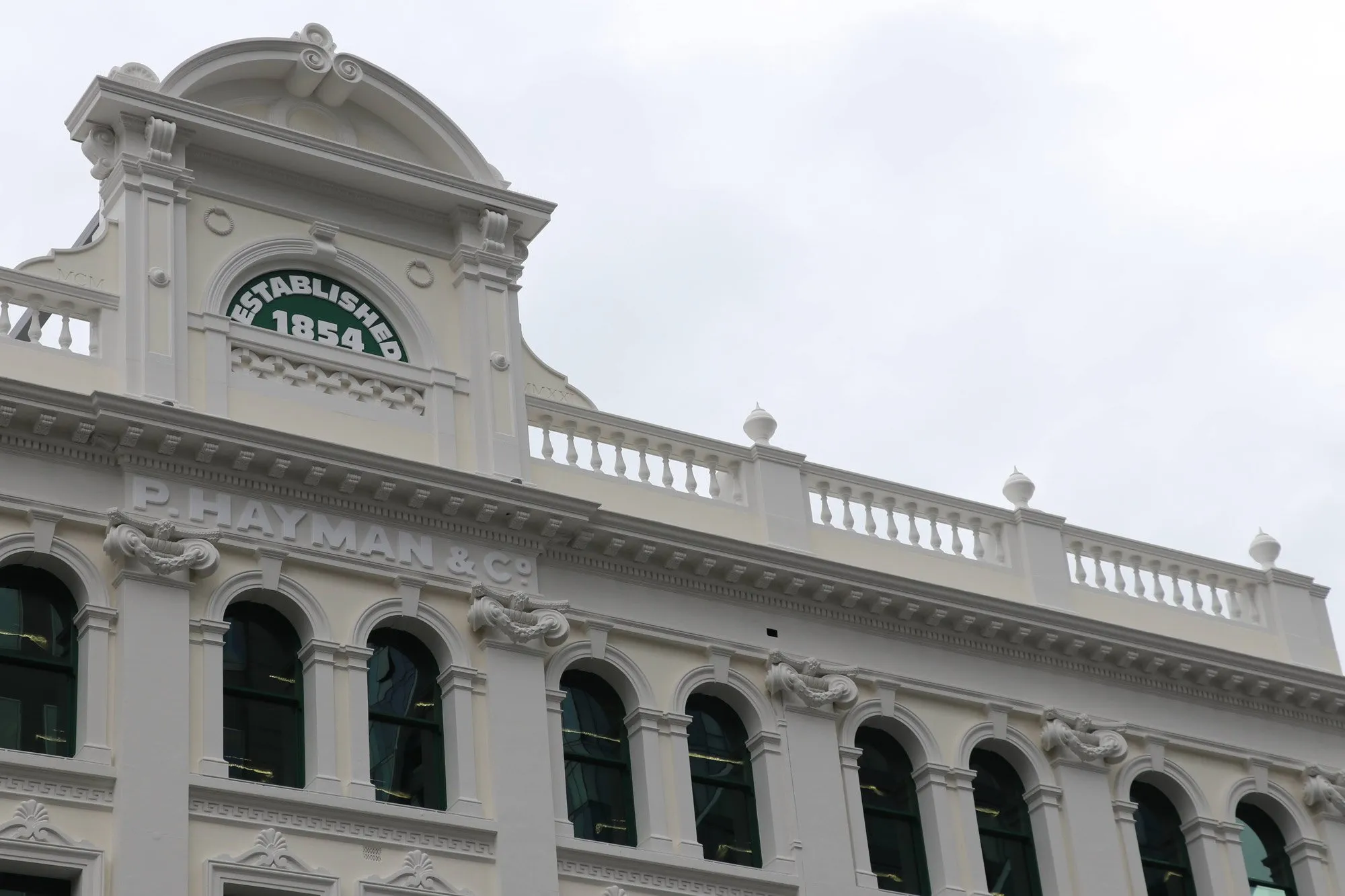With the global movement to preserve cultural and architectural heritage gaining momentum, restoring historical buildings has become one of the most complex challenges for architects and engineers. It requires balancing authenticity and structural integrity while incorporating modern materials that meet current performance standards. Among the most effective solutions is Glassfibre Reinforced Concrete (GRC)—a material that successfully bridges tradition and innovation.
This article explores how GRC has become a core component of restoration projects and why it is the preferred choice among architects worldwide.

What is GRC and Why is it Important in Restoration?
GRC (Glassfibre Reinforced Concrete) is a composite material made from cement, sand, water, and alkali-resistant glass fibers. It offers an exceptional combination of light weight, durability, and design flexibility—perfect for replicating detailed elements in historic architecture.
Key Features of GRC:
- Lightweight structure
- High-precision molding capabilities
- Excellent resistance to weather conditions
- Long service life
- In restoration:
- These features allow GRC to accurately reproduce intricate architectural details without overburdening the original structure or altering its appearance.
Challenges in Restoring Historical Buildings
- Material degradation due to time and climate exposure
- Scarcity or extinction of original construction materials
- Difficulty replicating delicate decorative details with precision
- Incompatibility between modern safety standards and old structural designs
- High costs and long execution times with traditional materials
Where GRC Excels:
- Fast and accurate production
- Adjustable thickness and weight
- Mimics original materials in appearance and texture
- Provides extra protection to fragile heritage structures
Key Benefits of GRC in Restoration Projects 7
Precision in Reproducing Architectural Details
GRC can be cast into molds that replicate original decorative elements with extreme accuracy.
Protecting Original Structures Through Lightweight Design
GRC weighs 70–80% less than stone or conventional concrete, minimizing stress on aging walls and roofs.
High Resistance to Environmental Conditions
GRC withstands humidity, UV rays, corrosion, and insects—ideal for buildings exposed to the elements.
Flexible Installation and Easy Maintenance
GRC can be installed without major modifications to the original structure and is easy to repair or replace if needed.
Sustainability and Resource Preservation
Reduces the use of natural stone and lowers carbon emissions during production.
Faster Execution and Lower Costs
GRC components are ready for immediate installation, cutting labor time and cost.
Integration with Digital Technologies
Compatible with 3D modeling and CAD/CAM systems to ensure precision before fabrication.
GRC vs Traditional Materials in Restoration
Feature GRC Stone/Traditional Concrete
Weight Lightweight Heavy
Detail Accuracy Very High Moderate
Weather Resistance Excellent Limited
Cost (Long-Term) Economical Expensive
Project Duration Short Long
Environmental Impact Low High
Maintenance Simple Complex and Costly
Successful Case Studies Using GRC in Restoration
- Project 1: Historical Façade Restoration in Damascus
Cornices and decorative elements were replicated with GRC.
- Result: Nearly identical to the originals with added weather resistance.
- Project 2: Restoration of an Ottoman Palace
GRC was used to rebuild ornate columns and arched windows.
Result: Reduced risk of cracking while preserving wall integrity
- Project 3: 18th-Century European Church
Interior details were recreated using GRC.
Result: Quick installation with no need to alter the historical framework.
Expert Testimonials
“We used GRC to restore an Ottoman-era building, and the results were astonishing: intricate detailing with lightweight panels that protected the original structure.”
— Eng. Ahmed Kaya, Restoration Engineer, Turkey
“GRC is the only material that blends structural durability with aesthetic flexibility. We now use it in most of our restoration projects.”
— Dr. Sarah Youssef, Professor of Architecture & Restoration, Beirut University

- Steps to Using GRC in Restoration Projects
- Site inspection and structural analysis
- Documentation via laser scanning and photography
- 3D modeling of architectural elements
- Mold fabrication and GRC casting
- Careful installation on original structures
- Final review for visual and structural harmony
Why Do Architects Prefer GRC?
- Combines performance and aesthetics
- Offers unmatched design freedom
- Reduces risk to heritage structures
- Supports sustainability goals
UAC GRC: Your Restoration Partner
- At UAC GRC, we provide end-to-end solutions for heritage restoration using GRC, including:
- High-precision architectural ornament replication
- Authentic GRC element production
- Full engineering support from scanning to installation
- Successful projects across Turkey, the Gulf, and Europe
- Contact us today for a free consultation and expert guidance on GRC restoration solutions.
Conclusion
GRC represents a revolution in the field of heritage restoration. With its unmatched combination of precision, strength, and beauty, it is the material of choice for architects seeking to preserve cultural identity while meeting modern standards.


